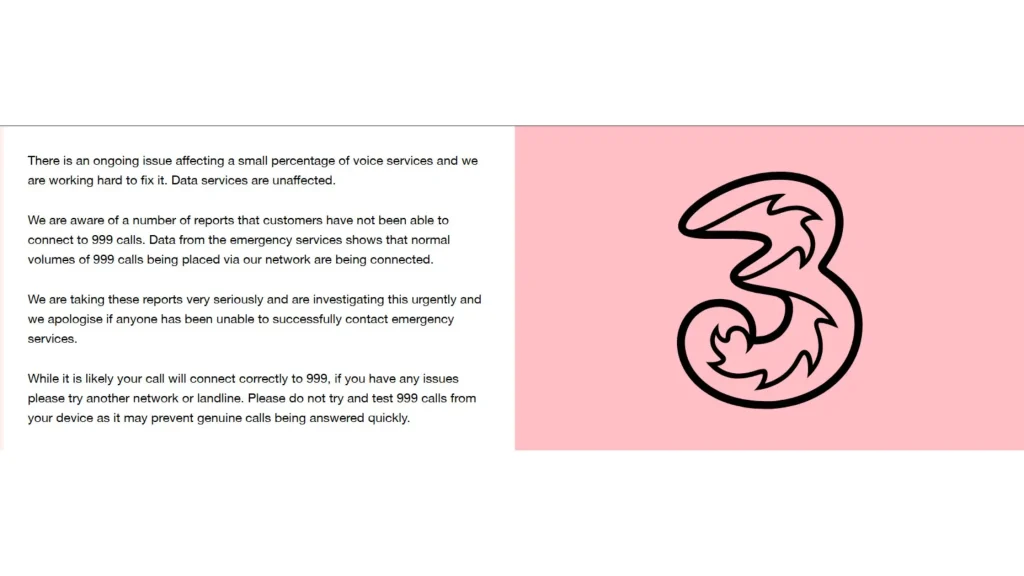25.06.2025 04:48
Investor funds totaling approximately $500,000 are potentially at risk following the abrupt shutdown of the Re.al Layer-2 network. The network's failure, as reported by researcher Luca Donno of the L2Beat research platform, stems from the complete inactivity of its data availability committee (DAC). This critical malfunction, announced via a post on X (formerly Twitter), leaves the system vulnerable to malicious exploitation.
Donno's alarming assessment highlights a significant security flaw: a compromised individual could potentially steal all remaining funds due to the DAC's failure, with no current mechanism to prevent such theft. The DAC, responsible for whitelisting specific addresses and disseminating off-chain data, is essential to Re.al's operation; its incapacitation effectively paralyzes the network, halting all transactions. This incident serves as a stark warning, extending beyond Re.al itself to expose broader vulnerabilities within the decentralized finance (DeFi) ecosystem.
The vulnerability exposed by Re.al's collapse underscores the growing problem of crypto attacks. Data from DefiLlama reveals a staggering figure: over $2 billion in crypto funds were stolen in attacks during 2025, representing a dramatic 50% increase compared to the total losses of 2024. This alarming trend highlights the considerable risks inherent in the DeFi space. The Re.al project, a brainchild of the Tangible team—the same team behind the USDR stablecoin project that imploded in 2023 due to treasury mismanagement—further accentuates these risks. The USDR's collapse, marked by a 50% devaluation against the dollar and substantial investor losses, casts a long shadow over Re.al's current predicament.
Initially launched in 2024, Re.al, designed to tokenize real estate assets, successfully attracted $18 million in investment. Ironically, the project's total asset value has plummeted to less than $500,000, making the potential loss of funds even more significant. While Donno suggests users might withdraw funds via the Ethereum network, this process is protracted, taking an estimated 12 days, leaving investors in a precarious position during this extended period of vulnerability. This lengthy withdrawal period adds to the overall uncertainty and risk facing users of the Re.al platform.











